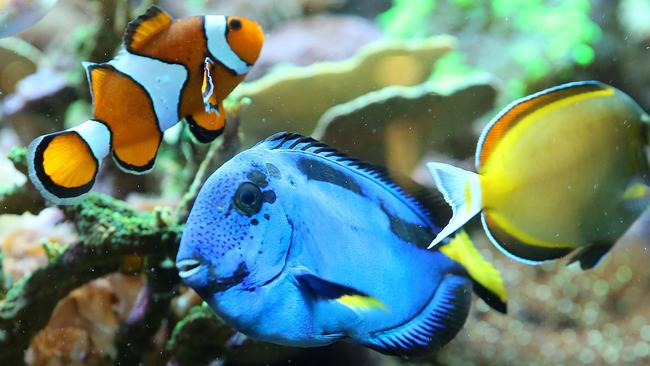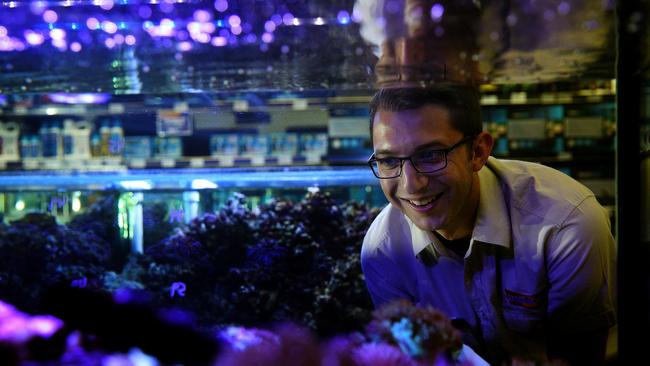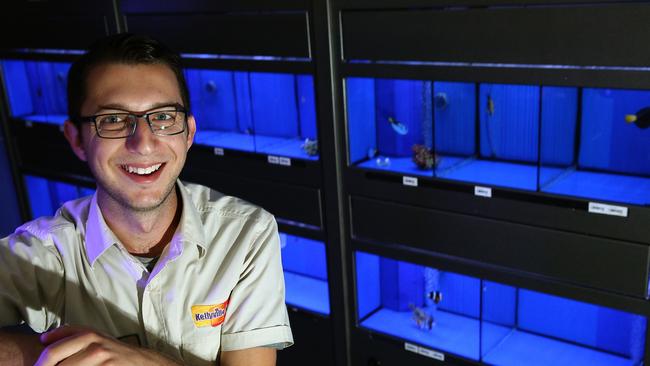Looking after your Dory is not as easy at it looks
WHEN Finding Nemo came out its success spurred thousands to seek out their very own clown fish — now fish fans are out to own Dory but there’s a lot more to this little blue fish than you may think.
The Hills
Don't miss out on the headlines from The Hills. Followed categories will be added to My News.
WHEN the movie Finding Nemo came out its success spurred thousands to visit pet shops to seek out their very own Nemo.
Now it’s the turn of the blue tang, star of follow-up Finding Dory, but fish fans have been warned ecological disaster could follow in the wake of the fish in your tank.
“The problem is a lot of them are caught in a most unsustainable way. Overseas, blue tang are often caught using cyanide, which stuns the fish but can kill off the reef and the poison sits around in the seabed,” John Schembri, aquarium manager at Kellyville Pets said.


Mr Schembri said demand for the blue fish had gone up since the film came out.
“People are definitely looking for the blue tang and asking about them. It is a hard marine fish to keep and definitely not for beginners.
“We are very careful if someone comes in and wants one,” he said.
“We go through the requirements and see if the person is likely to be able to care for the blue tang.”

Those requirements include a minimum 400-litre tank and a deep knowledge of tropical fish. It all adds up to at least $2000 worth of tank and equipment.
“If you get a blue tang from an Australian collector, who are all tightly regulated and registered, you can get a blue tang that is hand caught, which is how it should be done, and there’s also a strict quota limit off Australian coral reefs,” Mr Schembri said.

The fish is not too expensive, starting at around $50.
“It makes sense if you are really set on a blue tang to add it to your aquarium as one of the last fish. That tends to be the most successful outcome.”
Currently the blue tang is not a fish which responds well to being bred in captivity, but Mr Schembri says that was true for the clown fish until it became very popular and breeders concentrated on finding ways to breed them successfully.
“It may happen with the blue tang too, but demand definitely hasn’t been as big as it was for the clown fish,” Mr Schembri said.
Or to put it another way, they are not exactly swimming out of the door …


